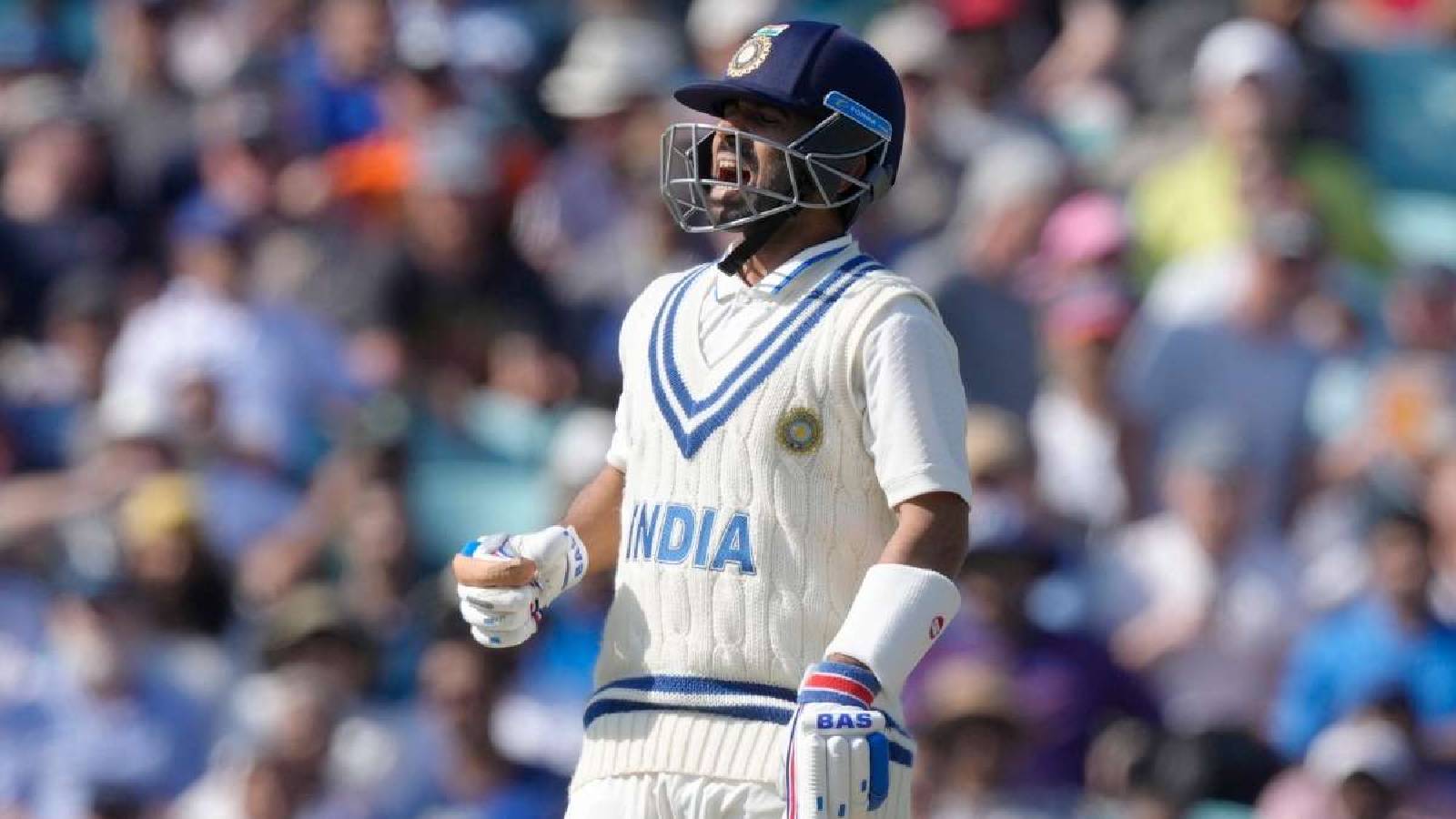 |
|
Ajinkya Rahane's recent performances in domestic cricket stand in stark contrast to his current exclusion from the Indian Test team. Despite scoring 135 runs, the highest for India, in the 2023 World Test Championship final against Australia – a match India ultimately lost – Rahane was subsequently dropped from the team following the West Indies tour. This decision has sparked debate among cricket fans and analysts alike, questioning the selection criteria employed by the Indian selectors. Rahane’s consistent performance in domestic tournaments, such as his recent century in the Ranji Trophy quarterfinals, further fuels this discussion. His consistent batting average and impactful innings raise the question of whether his exclusion reflects a fair assessment of his current ability.
The narrative surrounding Rahane's exclusion from the Indian Test squad is complex. While his performances in the WTC final and subsequent domestic matches demonstrate a sustained level of skill and consistency, the selectors' decision suggests a consideration of factors beyond mere individual performance. Potential contributing factors might include the team's overall strategic direction, the emergence of younger players, and the selectors' long-term vision for the Test team. The balance between experience and youth, and the need for a consistently strong batting lineup, undoubtedly play a significant role in these selection decisions. Analyzing the selection process itself, and the rationale behind Rahane's exclusion, is crucial to understanding the dynamics of team selection in high-stakes international cricket.
Rahane's own comments, expressing his satisfaction with his current batting form while acknowledging the selectors' prerogative, highlight a nuanced understanding of the situation. He isn't publicly criticizing the selectors' choices but instead focuses on maintaining his performance level. This approach is characteristic of experienced professionals who understand the competitive nature of international sport. Rahane’s unwavering focus on self-improvement is admirable, reflecting a commitment to his craft that extends beyond immediate team selection. His consistent domestic performances keep him relevant and suggest that a return to the Indian Test team remains a possibility, contingent upon future selection decisions and his continued excellence.
The case of Ajinkya Rahane serves as a microcosm of the broader challenges inherent in team selection in professional sports. Balancing the need for experience, youth, and strategic fit within a team presents complex issues. Individual brilliance may not always translate directly into team selection, as a range of factors influence these high-stakes decisions. In addition to performance metrics, selectors must consider team chemistry, positional requirements, and long-term team planning. While statistical analysis provides a crucial foundation for decision-making, the human element of judgment and strategic vision remain critical components of a successful selection process.
Looking ahead, Rahane's future prospects with the Indian Test team remain uncertain. However, his recent performances suggest that he is far from finished. His persistent dedication to maintaining his form in domestic cricket ensures that he remains a relevant contender. The coming months will be key in determining whether he can recapture a place in the national team. The outcome will depend not only on his individual performance but also on the evolving strategic direction of the Indian selection committee. The story of Ajinkya Rahane serves as a reminder of the transient nature of success in professional sports and the importance of perseverance and consistent self-improvement.
